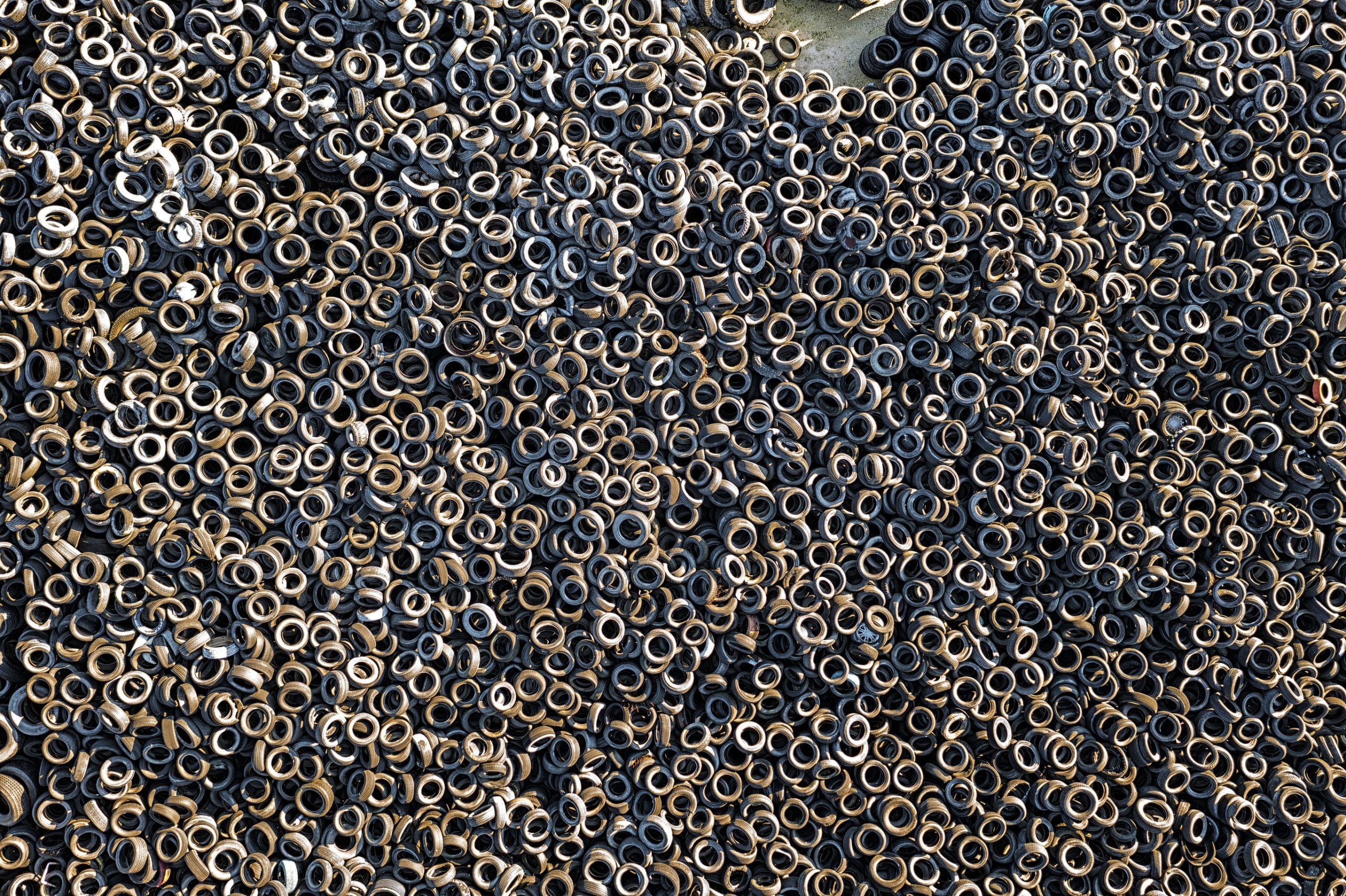How Does Early-Life Exposure to Urban Air Pollution Impact Adolescent Lung Development?

Air pollution has been a persistent issue in urban environments, and its effects on human health are increasingly coming under the scrutiny of the scientific community. Among the various health repercussions, the impact of air pollution on the lungs of children and adolescents is a particularly pressing concern. A host of scholarly studies have delved into the subject, with findings suggesting a significant correlation between early-life exposure to air pollution and compromised lung development during adolescence.
This article explores the intricate link between exposure to polluted air during formative years and its potential repercussions on the lung health of adolescents. The information provided herein is drawn from numerous studies published on renowned platforms such as PubMed and Scholar, with an emphasis on findings that shed light on the severity of the issue.
Also to see : What Are the Latest Advances in Personalized 3D Printed Medical Devices for Rehabilitation?
The Link Between Air Pollution and Lung Development
Before diving into the effects of air pollution on lung development, it’s essential to understand the lungs’ normal functioning and growth trajectory. The term lung function describes the lungs’ ability to pass oxygen into the bloodstream and expel carbon dioxide. The primary measure of lung function is Forced Vital Capacity (FVC), which is the amount of air a person can forcefully exhale after a deep breath.
A child’s lungs grow and develop until they reach their late teens or early twenties. During these formative years, any detrimental environmental influences can alter the normal growth patterns, leading to a decreased FVC, in turn increasing susceptibility to respiratory illnesses like asthma.
Also to read : How Can Companion Robots Alleviate Feelings of Isolation in the Elderly with Mobility Issues?
Research suggests that children exposed to high levels of air pollution, especially indoor pollution within homes and schools, may experience inhibited lung growth. A study published on PubMed indicated that prolonged exposure to polluted air in early life could result in an 8% reduction in FVC by the time a child reaches adolescence.
The Health Impacts of Exposure to Polluted Air During Early Life
Air pollution, especially in urban areas, primarily comprises fine particulate matter, nitrogen dioxide, and ozone. Chronic exposure to such pollutants during early childhood can lead to inflammation and oxidative stress, resulting in irreversible structural changes in the lungs.
Asthma, a chronic condition that inflames and narrows the airways, is the most common respiratory ailment in children. Research indicates that exposure to polluted air in early life increases the risk of developing asthma. A Scholar study established a definitive relationship between long-term exposure to air pollution and the onset of asthma, with a particular emphasis on the first five years of life.
Moreover, children exposed to pollutants are more prone to experience respiratory symptoms such as wheezing, shortness of breath, and coughing. A PubMed study reported that exposure to traffic-related air pollution during early childhood was significantly associated with a higher risk of developing these symptoms.
The Role of Schools and Indoor Environments in Exposure to Air Pollution
Schools and home environments play a significant role in children’s exposure to indoor air pollution. Children spend a significant portion of their time indoors, where air quality can often be worse than outdoors due to lack of ventilation, concentrated pollutants, and close proximity to the source of pollution.
For instance, schools located near busy roads or industrial facilities may have higher levels of indoor air pollution, exposing children to pollutants for extended periods. A study published on Scholar revealed a direct correlation between the presence of pollutants in school environments and impaired lung function in children.
Similarly, homes with poor ventilation or those using biomass fuels for cooking and heating can also significantly contribute to indoor air pollution. Such environments expose children to high levels of pollutants, further exacerbating the risk of lung damage.
Mitigating the Effects of Air Pollution on Adolescent Lung Development
Given the detrimental impact of early-life exposure to air pollution on adolescent lung health, there’s an urgent need for effective mitigation strategies. Authorities should focus on reducing source emissions, improving indoor air quality in schools and homes, and creating awareness about the health risks associated with air pollution.
Public health interventions should target reducing children’s exposure to pollutants through improved urban planning that avoids situating schools and residential areas near major sources of pollution. Furthermore, implementing strict emission standards and promoting the use of cleaner fuels can significantly reduce air pollution levels.
While efforts at the policy level are crucial, individual actions can also contribute significantly towards mitigating the effects of air pollution. Simple measures like wearing masks, installing air purifiers in homes and schools, and avoiding outdoor activities during times of high pollution can go a long way in protecting children’s lung health.
In the final analysis, addressing the issue of air pollution and its impact on children’s lung health necessitates concerted efforts at both societal and individual levels. By prioritizing children’s health and adopting sustainable practices, we can safeguard the lungs of our future generations and facilitate their development into healthy adults.
Understanding the Long-Term Effects of Early-Life Exposure to Air Pollution
Clearly, the impacts of air pollution on adolescent lung development stretch far beyond the formative years. The long-term effects of this early exposure can be seen in the prevalence of respiratory illnesses and compromised lung function among adults.
Studies published on PubMed and Google Scholar indicate that early-life exposure to air pollutants can increase the risk of developing chronic obstructive pulmonary disease (COPD) and lung cancer in adulthood. A systematic review on PubMed highlighted that adults who had been exposed to high levels of air pollution during their childhood had higher COPD rates and lower lung function than those who had grown up in cleaner environments.
Furthermore, research has shown that children with reduced lung function growth due to early exposure to air pollution are more likely to experience adverse health effects later in life. A Google Scholar study revealed that these individuals are at an increased risk of cardiovascular diseases, as the heart needs to work harder to get enough oxygen when the lungs are not functioning optimally.
Apart from the physical health implications, the psychological impact of living with a chronic respiratory illness should not be overlooked. Studies have shown that children and adolescents with compromised lung health often experience stress, anxiety, and depression, affecting their quality of life and academic performance.
Conclusion: The Imperative of Addressing Air Pollution for Adolescent Lung Health
In the face of the mounting evidence of the harmful effects of air pollution on adolescent lung development, it is crucial that concerted efforts are taken to mitigate this public health crisis. Ignoring the problem is tantamount to jeopardizing the health and well-being of future generations.
The body of evidence published on platforms like PubMed and Google Scholar undeniably underscores the urgency to confront the issue head-on. Tackling pollution exposure in the early life of children is a prerequisite for their healthy growth and development.
Striving for cleaner ambient air and improved indoor air quality will have a profound effect on children’s health, enabling them to reach their full potential. Enhancing their lung function will not only shield them from respiratory diseases but also ensure their overall well-being.
Education and awareness are key in this battle against air pollution. By imparting knowledge about the detrimental effects of polluted air, we can empower individuals to take steps to protect themselves and their children.
Given the gravity of the situation, it is incumbent on us all – policymakers, researchers, educators, and parents alike – to join forces and make a stand against air pollution. As we do so, we create a safer, healthier world for our children to grow up in. This concerted effort will guarantee that our future generations can breathe easy and lead healthier lives.
